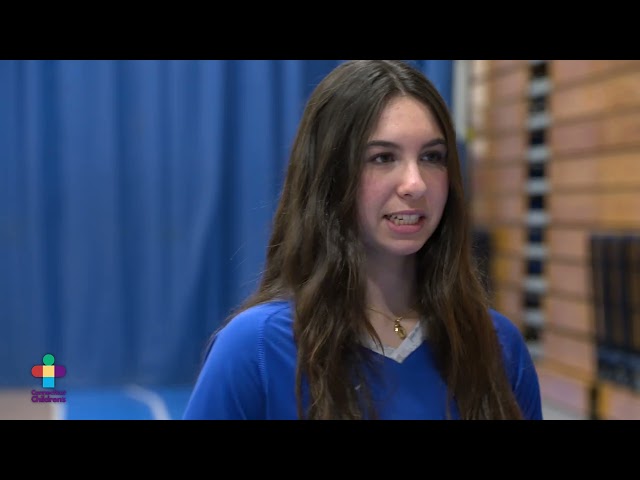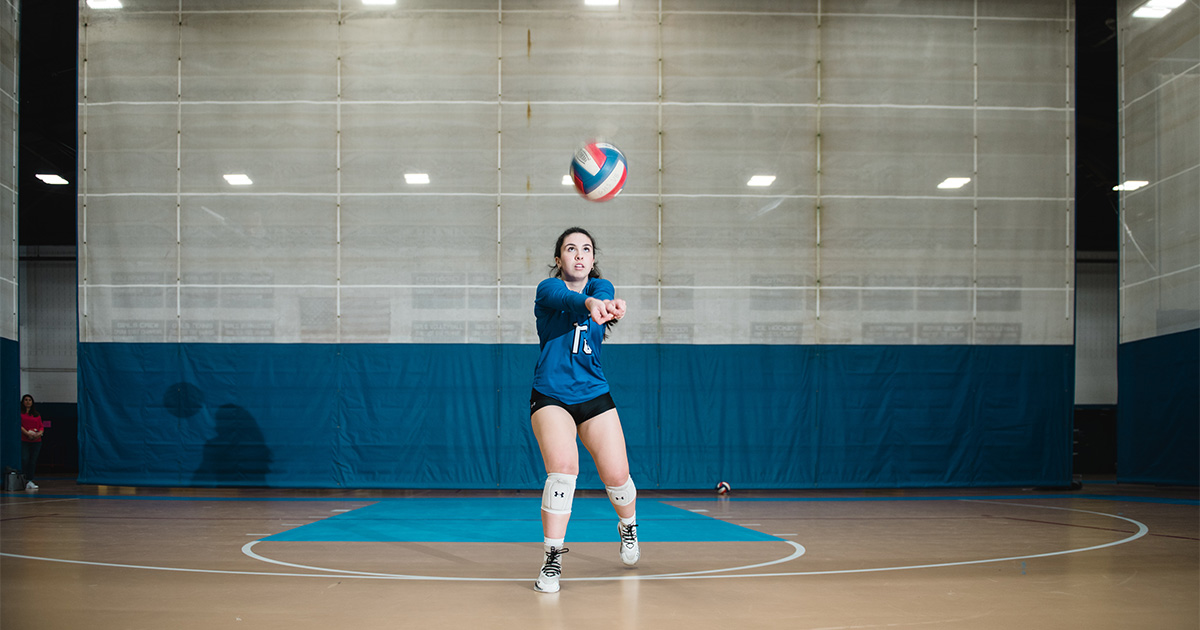“Do what you have to do”
Melina had a condition called slipped capital femoral epiphysis (SCFE), where the hip bone slips off the growth plate at the top of the leg. When it comes on rapidly, as in Melina’s case, it needs special treatment. Otherwise, there’s nearly a 50% chance that the tissue in the ball of the hip will die, because its blood supply is interrupted. That’s devastating to a young patient because it could affect their mobility for life.
At many health systems, the standard procedure is to simply pin the hip back in place. For many patients, it’s not the best solution. The threat of tissue death is still high, and the patient may never fully regain their ability to run, jump or be active in the ways they were before their injury.
Connecticut Children's is the only health system in Connecticut that offers a more advanced approach. Our nationally ranked Division of Pediatric Orthopedics specializes in hip preservation in young patients, including surgical hip dislocation and osteotomy surgeries for Melina’s condition.
“The technique allows us to dislocate the hip joint safely, realign the ball of the hip on the femur and then put the hip back in the socket,” says Mark C. Lee, MD, pediatric orthopedic surgeon and division head. “It gives patients like Melina the best chance of avoiding rapid arthritis from the blood flow issues and returning to normal activity.”
The procedure is technically challenging, which is why it isn’t offered everywhere. Among other things, the surgical team needs to make a special cut in the bone, and carefully replace the ball of the hip joint without disturbing all the tiny blood vessels that go to it.
And it has to take place quickly.
When Melina and her family arrived at Connecticut Children's, it was already evening. Dr. Lee and fellow orthopedic surgeon Philip W. Mack, MD, had rushed in from home. As the team prepared Melina for the three-hour surgery, Dr. Lee and Dr. Mack pulled Gisela and husband William aside. Nine out of 10 times, when Melina’s condition happens in one hip, it will happen in the other. They recommended doing the procedure on both hips at once. Gisela felt a wave of heat rush over her. William asked if she needed a glass of water. “I looked at the doctors and said, Do what you have to do,” she remembers. “I want my kid to walk.”


